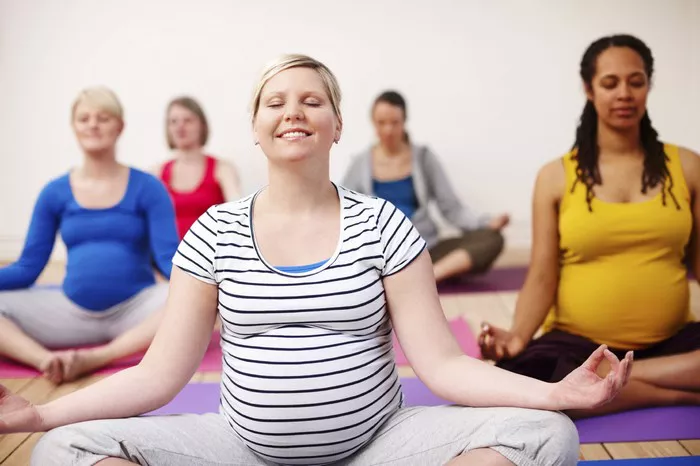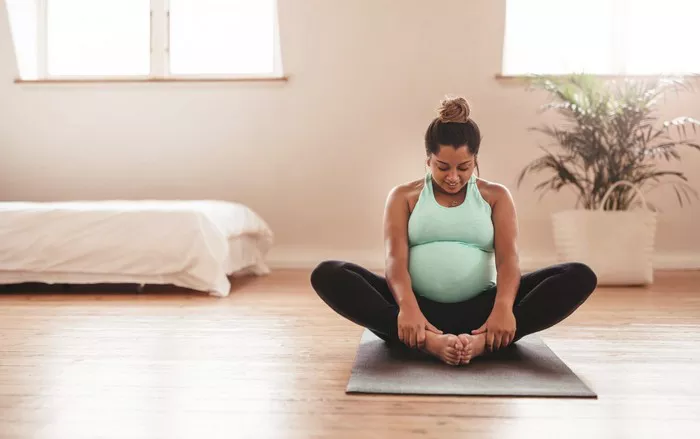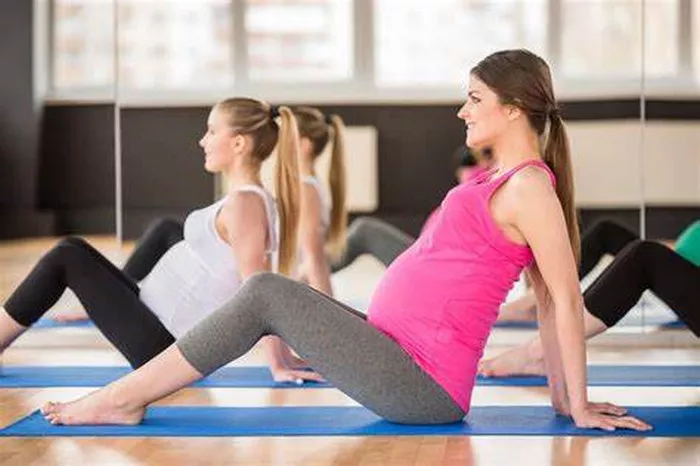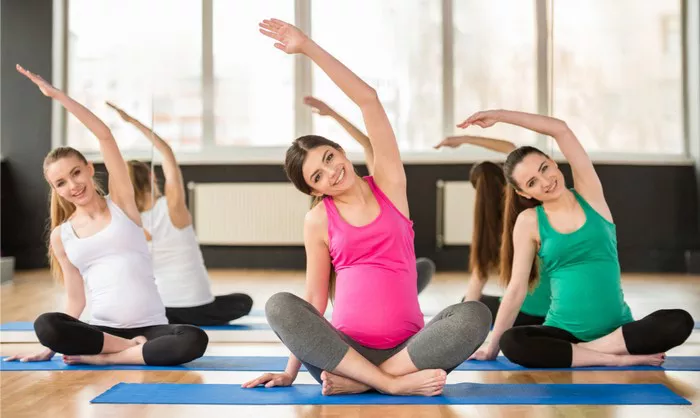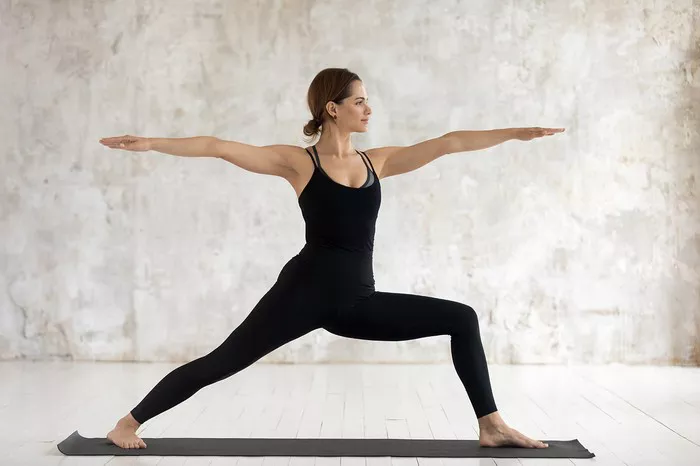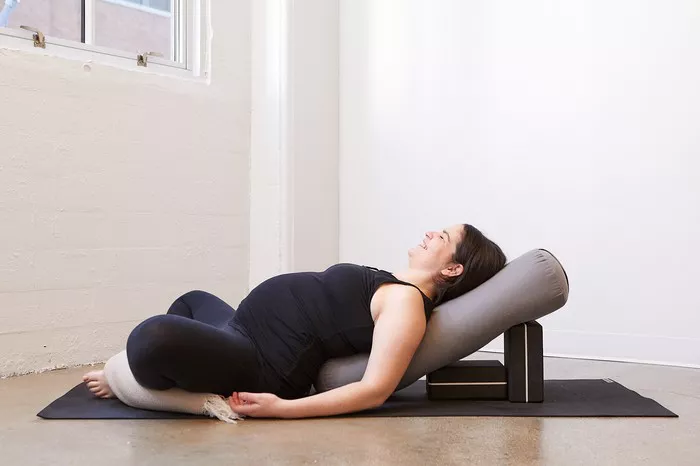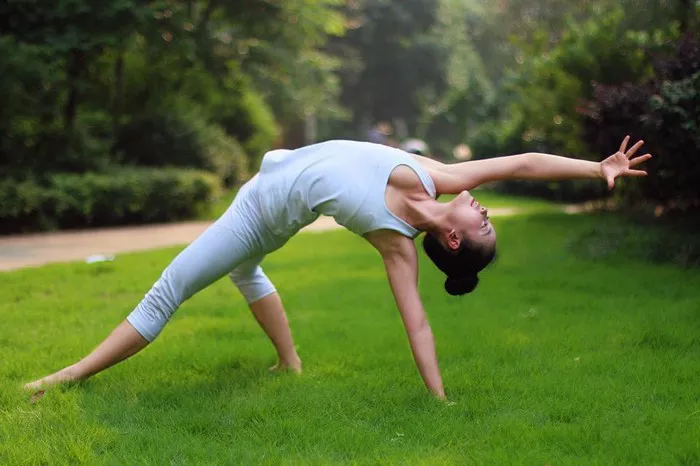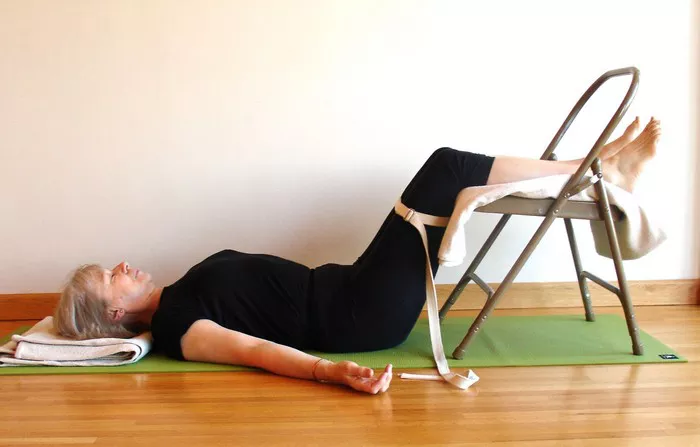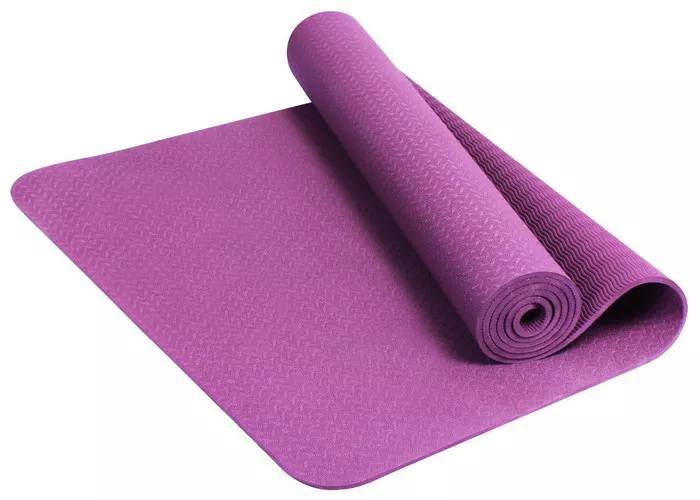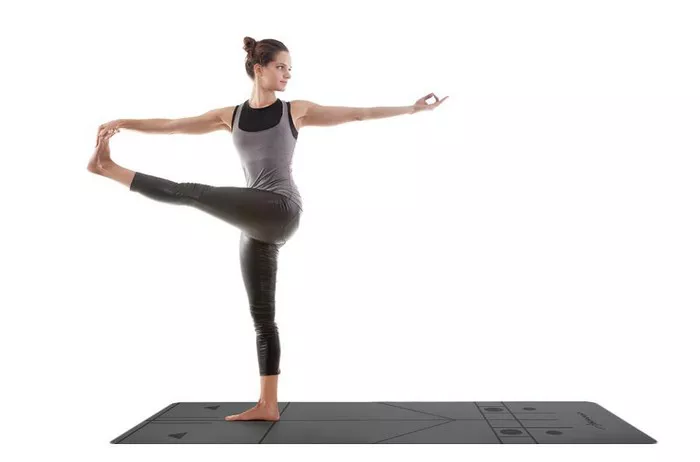Pregnancy is a beautiful and transformative journey in a woman’s life, often accompanied by a plethora of physical and emotional changes. Alongside these changes, expectant mothers often seek ways to maintain their physical fitness and overall well-being. Yoga, with its emphasis on breath control, gentle movements, and mental focus, is a popular choice for many pregnant women. However, when it comes to Vinyasa yoga, which involves flowing sequences of poses synchronized with the breath, questions arise about its safety and suitability during pregnancy. In this article, we explore the potential benefits and considerations of practicing Vinyasa yoga while pregnant.
Understanding Vinyasa Yoga
Vinyasa yoga, often referred to as “flow” yoga, is a dynamic style of yoga that seamlessly links breath with movement. Unlike some other forms of yoga that focus on holding static poses, Vinyasa classes typically involve continuous movement through a series of poses, creating a fluid and rhythmic practice. The synchronized breath and movement are thought to cultivate a meditative state of mind while improving strength, flexibility, and cardiovascular health.
Benefits of Yoga During Pregnancy
Before delving into the specifics of practicing Vinyasa yoga during pregnancy, it’s essential to understand the benefits of yoga for expectant mothers in general:
1. Physical Well-being: Yoga can help alleviate common discomforts associated with pregnancy, such as back pain, swelling, and fatigue. Gentle stretches and poses can improve circulation, reduce tension in the muscles, and promote relaxation.
2. Emotional Support: Pregnancy can bring about a whirlwind of emotions, ranging from excitement and joy to anxiety and stress. Yoga provides a nurturing space for expectant mothers to connect with their bodies, manage stress levels, and cultivate a sense of inner calm and balance.
3. Preparation for Childbirth: Many yoga poses and breathing techniques can be beneficial during labor and delivery. Practicing yoga throughout pregnancy can help expectant mothers build strength, endurance, and mental resilience for the birthing process.
4. Bonding with Baby: Yoga offers an opportunity for mothers to connect with their growing babies on a deeper level. Through mindful movement and breath awareness, expectant mothers can foster a sense of connection and presence with their unborn child.
Considerations for Practicing Vinyasa Yoga During Pregnancy
While yoga, in general, is considered safe for most pregnant women, there are specific considerations to keep in mind when practicing Vinyasa yoga:
1. Consultation with Healthcare Provider: Before starting any exercise regimen during pregnancy, it’s crucial to consult with your healthcare provider. They can provide personalized guidance based on your individual health status and any pregnancy-related complications.
2. Adaptations and Modifications: Pregnancy alters the body’s anatomy and physiology, necessitating modifications to certain yoga poses. In Vinyasa yoga, expectant mothers may need to avoid deep twists, backbends, and inversions, especially as the pregnancy progresses. Instead, focus on gentle, flowing movements that support and nurture your changing body.
3. Awareness of Energy Levels: Pregnancy can affect energy levels, with some women experiencing fluctuations in fatigue and stamina. Listen to your body and honor its needs during practice. It’s okay to take breaks, modify poses, or skip certain sequences altogether if they feel too strenuous.
4. Avoiding Overheating and Dehydration: Pregnant women are more susceptible to overheating and dehydration, especially during vigorous exercise. Practice yoga in a well-ventilated room, stay hydrated by drinking plenty of water before, during, and after your practice, and take breaks as needed to cool down.
5. Pelvic Floor Awareness: Vinyasa yoga often incorporates dynamic movements that engage the core and pelvic floor muscles. During pregnancy, it’s essential to maintain awareness of these muscles and avoid excessive strain or pressure. Focus on gentle pelvic floor exercises and avoid poses that place undue pressure on the abdomen.
6. Breath Awareness: The breath is a central aspect of Vinyasa yoga, serving as a guide for movement and promoting relaxation. During pregnancy, prioritize deep, diaphragmatic breathing to oxygenate your body and calm your mind. Avoid breath retention or forceful breathing techniques that may cause dizziness or discomfort.
Conclusion
In conclusion, practicing Vinyasa yoga during pregnancy can be safe and beneficial with proper guidance and modifications. By consulting with your healthcare provider, listening to your body, and making appropriate adaptations, expectant mothers can enjoy the physical, emotional, and spiritual benefits of yoga while nurturing themselves and their growing babies. Remember that every pregnancy is unique, so honor your body’s needs and limitations as you embark on this transformative journey. With mindfulness, self-awareness, and a gentle approach, Vinyasa yoga can be a supportive practice for expectant mothers seeking to cultivate strength, flexibility, and inner peace during pregnancy.
FAQs:
What yoga poses are not safe during pregnancy?
Certain yoga poses are not recommended during pregnancy, particularly those that involve deep twists, strong abdominal contractions, or lying flat on the back for an extended period. Poses like deep backbends, inversions, and intense core exercises should be avoided, as they can strain the abdominal muscles and potentially compromise blood flow to the uterus.
Is it OK to do regular yoga while pregnant?
Yes, it’s generally safe to practice yoga during pregnancy, but modifications are necessary to accommodate the changing needs of the body. Prenatal yoga classes or modifications in regular yoga classes are recommended to ensure safety and support for expectant mothers. Gentle stretching, breathing exercises, and relaxation techniques can promote physical comfort and emotional well-being throughout pregnancy.
Why shouldn’t you bend over when pregnant?
Bending over at the waist, especially with a rounded spine, can increase intra-abdominal pressure and strain the muscles and ligaments of the lower back and pelvis. During pregnancy, the hormone relaxin loosens ligaments and joints in preparation for childbirth, making them more susceptible to injury. Additionally, bending over deeply can compress the uterus and potentially reduce blood flow to the fetus, posing a risk to both mother and baby. Instead, squatting or using proper body mechanics to bend at the knees and hips is recommended for tasks that require reaching low objects.

